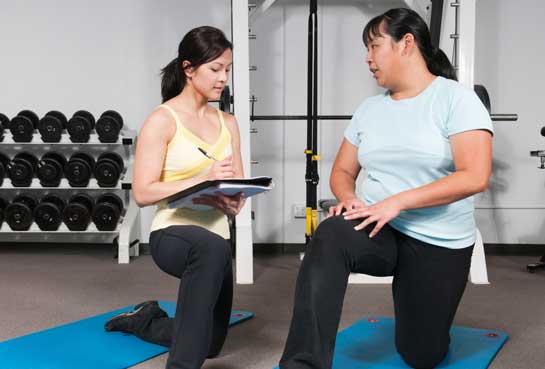
Exercise is physical stress applied to the human body. The endocrine system consists of glands that release the chemicals and hormones that control physiological functions in the body.
Do you know which hormones are responsible for muscle growth vs. breaking down muscle tissue? Are you proficient in designing safe and effective exercise programs that maximize muscle growth and fat utilization based on hormonal response to training stimuli?
Knowing the answers to these questions is key to your training success with clients. This know-how also greatly enhances your credibility with clients and your employer. Moreover, it will help you establish the rapport that is pivotal in developing long-term, successful relationships with clients as outlined in the new ACE Integrated Fitness TrainingTM (ACE IFTTM) Model.
Here is a quick overview of the endocrine system:
Pituitary Gland
During exercise, the pituitary gland releases human growth hormone, which tells the body to increase bone, muscle and tissue production.
Thyroid Gland
When you start exercising, the thyroid gland (located at the base of the neck) sends out hormones that regulate the body’s temperature, heart rate and blood pressure. It also regulates the alertness and focus that are needed to work at a high intensity.
Adrenal Gland
Located at the top of the kidneys, the adrenal glands are responsible for the release of cortisol into the bloodstream. Cortisol levels control blood pressure, glucose and acts as an anti-inflammatory agent. The adrenal glands also release aldosterone, a hormone that regulates hydration levels, the speed of the heart and the strength of contractions. It also turns stored carbohydrates into energy.
Pancreas
Insulin regulates glucose, or blood sugar, by transporting it to the muscles and tissue that use glucose for energy. Excessive insulin in the blood reduces your sensitivity to insulin and can cause diabetes, which is also linked to overweight and obesity. Exercise improves insulin sensitivity and reduces the reliance on insulin injections.
Moreover, the effects of exercise on the endocrine system are also psychological. Exercise-induced testosterone can increase an individual’s libido and confidence, researchers have found. Endorphins can help reduce tension and anxiety and facilitate the proverbial “runner's high.”
For more details on the link between the endocrine system and exercise, visit ACE Exercise Physiologist Pete McCall’s session at the IDEA Personal Trainer Institute, February 16–19, 2012, in Alexandria, Va.